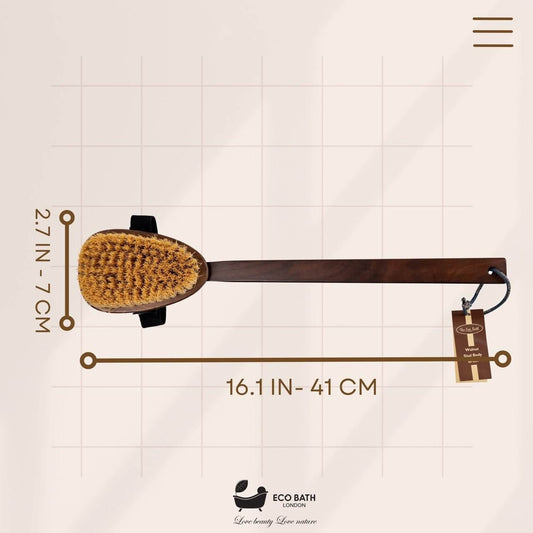
Port Talbot’s Green Steel Revolution: How Tata Steel’s Electric Arc Furnace Is Reshaping UK Industry
Share
Tata Steel UK’s £1.25 billion electric arc furnace (EAF) project in Port Talbot has cleared a major planning hurdle, signalling a bold new chapter for British steelmaking. By replacing coal-fired blast furnaces with cleaner, electric-powered technology, the town is set to become a critical hub in Europe’s sustainable steel transition. Below, we explore the project’s timeline, environmental impact, and local employment implications, as well as why this initiative is poised to redefine heavy industry in South Wales and beyond.
1. A Pivotal Shift in British Steelmaking
The green light from local planners confirms that the new EAF complex will replace the existing blast furnaces, significantly reducing carbon emissions. This move aligns with the UK’s broader push towards net-zero targets and marks a crucial step in Europe’s accelerating sustainability drive. With:
- Construction slated to begin in summer 2025
- Operational launch targeted for early 2028
- Capacity set at 3 million tonnes per year
…the Port Talbot EAF could single-handedly reshape Wales’ industrial landscape.
2. Decarbonising Heavy Industry
The project promises up to a 90% cut in on-site CO₂ emissions, representing around 1.5% of the UK’s total annual carbon footprint. When powered by renewable energy sources, EAF technology can achieve ultra-low emissions—dramatically cleaner than traditional blast furnaces. Core sustainability features include:
- Dedicated scrap processing facilities to boost recycling rates
- Advanced fume treatment plants and water recycling systems
- Potential for pure feedstock to produce specialised steel grades
This overhaul keeps Port Talbot’s 120-year steelmaking legacy alive while positioning the region at the forefront of green industrial innovation.
3. The Local Job Landscape
Tata Steel’s agreement with the UK government aims to preserve around 5,000 direct jobs at the Port Talbot site. However, the transition from blast furnaces to EAF technology brings both opportunities and challenges:
- Job Preservation: Skilled roles in steel refining, scrap processing, and emissions monitoring will be critical to the new EAF’s operation.
- Redundancies: Despite the overall aim to protect employment, the closure of older blast furnaces in 2024 resulted in an estimated 2,800 job losses, with further restructuring on the horizon.
- New Economic Prospects: High-profile commitments—such as construction firm JCB purchasing “green steel” from Port Talbot—suggest a renewed focus on building a regional green industrial hub, attracting fresh investments and ancillary businesses.
Local authorities have mandated long-term ecological management of the 4,000-acre site as well as local hiring quotas during construction. The result? A steelworks that balances economic security with environmental stewardship.
4. Economic Ripple Effects for South Wales
Beyond direct employment, Port Talbot’s green steel transition could have a transformative impact on the broader South Wales economy:
- Supply Chain Boost: Demand for recycled metals, logistics, and ancillary services will likely expand around the new EAF facilities.
- Infrastructure Upgrades: Supporting developments—from rail links to renewable energy installations—can stimulate job creation in allied sectors.
- Sustainability Partnerships: Collaborations with universities and tech firms on materials science, carbon capture, and industrial recycling help position South Wales as a centre of green innovation.
5. Balancing Ambition with Reality
Despite its considerable advantages, EAF technology requires strategic planning to address:
- High Electricity Demand: Securing enough clean energy to power the furnace is vital to minimise overall emissions.
- Scrap Steel Availability: While EAFs primarily rely on recycled scrap, consistent supply and quality are key challenges.
- Community Concerns: Ongoing community engagement is crucial to ensure local support, given the potential for further workforce adjustments.
Nonetheless, experts argue that electric arc furnaces represent the future of steelmaking, offering far greater flexibility and a fraction of the carbon footprint associated with blast furnaces.
6. Forging a Green Future
With construction set to begin in 2025 and the first molten steel expected by 2028, Tata Steel’s electric arc furnace marks a milestone for both Port Talbot and the wider European steel market. This ambitious venture demonstrates how legacy heavy industry can adapt to modern demands—prioritising sustainability, safeguarding employment, and driving regional prosperity.
For more updates on the Port Talbot EAF project and the latest developments in green steel, stay tuned to our Sustainable Industry News page. Together, these initiatives signal a greener, more resilient pathway for British manufacturing, preserving Wales’ proud steelmaking tradition for generations to come.








